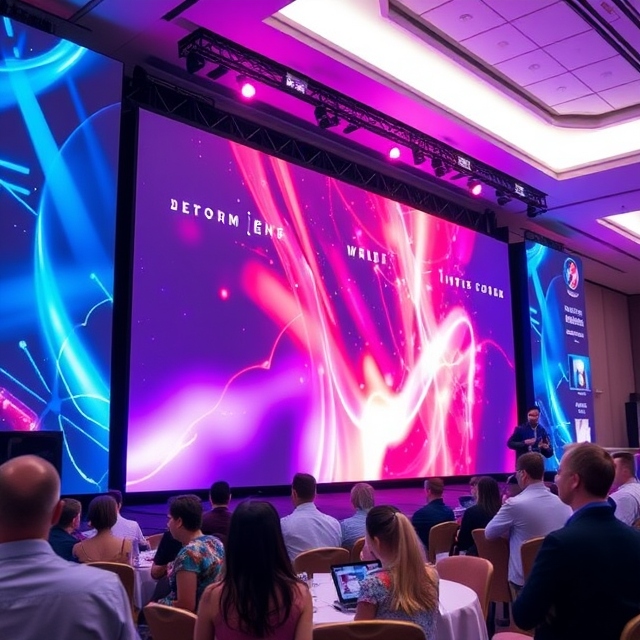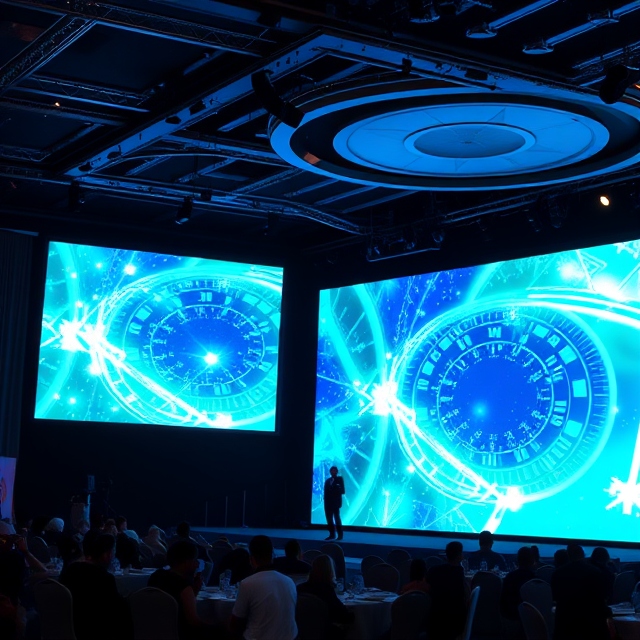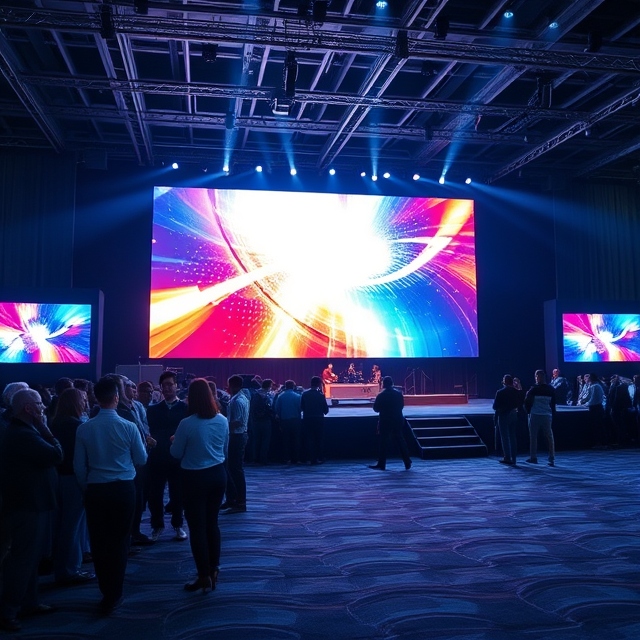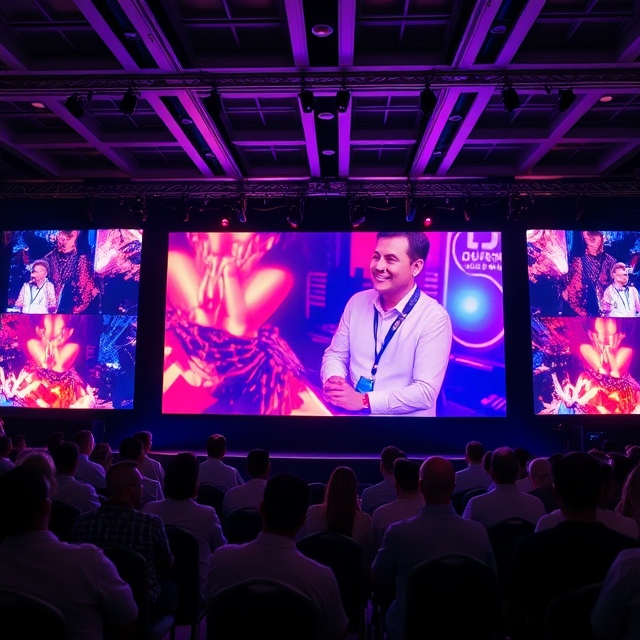- Home
- About Us
- Industries
- Agritech & Smart Farming
- Aquariums & Zoos
- Art & Cultural Exhibitions
- Automotive & Transportation
- Broadcasting & News
- Construction & Real Estate
- Corporate & Offices
- Cultural Heritage & Preservation
- Cybersecurity Operations
- Digital Content Creation & Media
- E-commerce & Online Retail
- Education
- Energy & Utilities
- Entertainment & Media
- Entertainment Arcades & Amusement
- Environmental Monitoring
- Event Management & Conferences
- Fashion & Apparel Retail
- Fashion Retail & E-commerce
- Finance & Banking
- Financial Trading & Stock Exchanges
- Fitness & Wellness
- Food & Beverage
- Food Processing & Manufacturing
- Gaming, Casinos, & Hospitality
- Government & Public Spaces
- Healthcare
- Hospitality & Event Venues
- Insurance
- Legal & Judicial
- Libraries & Community Centers
- Logistics & Supply Chain
- Luxury Cruise & Maritime
- Manufacturing & Industrial
- Meteorology & Climate Research
- Military & Defense
- Mining & Extraction
- Museums & Cultural Centers
- Non-Profit Organizations
- Oil & Gas Industry
- Professional Training & Development
- Public Health & Awareness
- Public Parks & Recreation Areas
- Public Safety & Law Enforcement
- Public Transportation
- Rehabilitation Centers
- Religious & Worship Spaces
- Renewable Energy
- Retail & Shopping Malls
- Retail Banking
- Security & Surveillance
- Social Media & Digital Marketing
- Sports & Stadiums
- Smart Cities & Urban Planning
- Supply Chain & Inventory
- Television & Film Production
- Travel & Hospitality
- FAQ
- Contact Us
- Home
- About Us
- Industries
- Agritech & Smart Farming
- Aquariums & Zoos
- Art & Cultural Exhibitions
- Automotive & Transportation
- Broadcasting & News
- Construction & Real Estate
- Corporate & Offices
- Cultural Heritage & Preservation
- Cybersecurity Operations
- Digital Content Creation & Media
- E-commerce & Online Retail
- Education
- Energy & Utilities
- Entertainment & Media
- Entertainment Arcades & Amusement
- Environmental Monitoring
- Event Management & Conferences
- Fashion & Apparel Retail
- Fashion Retail & E-commerce
- Finance & Banking
- Financial Trading & Stock Exchanges
- Fitness & Wellness
- Food & Beverage
- Food Processing & Manufacturing
- Gaming, Casinos, & Hospitality
- Government & Public Spaces
- Healthcare
- Hospitality & Event Venues
- Insurance
- Legal & Judicial
- Libraries & Community Centers
- Logistics & Supply Chain
- Luxury Cruise & Maritime
- Manufacturing & Industrial
- Meteorology & Climate Research
- Military & Defense
- Mining & Extraction
- Museums & Cultural Centers
- Non-Profit Organizations
- Oil & Gas Industry
- Professional Training & Development
- Public Health & Awareness
- Public Parks & Recreation Areas
- Public Safety & Law Enforcement
- Public Transportation
- Rehabilitation Centers
- Religious & Worship Spaces
- Renewable Energy
- Retail & Shopping Malls
- Retail Banking
- Security & Surveillance
- Social Media & Digital Marketing
- Sports & Stadiums
- Smart Cities & Urban Planning
- Supply Chain & Inventory
- Television & Film Production
- Travel & Hospitality
- FAQ
- Contact Us

Event Management & Conferences
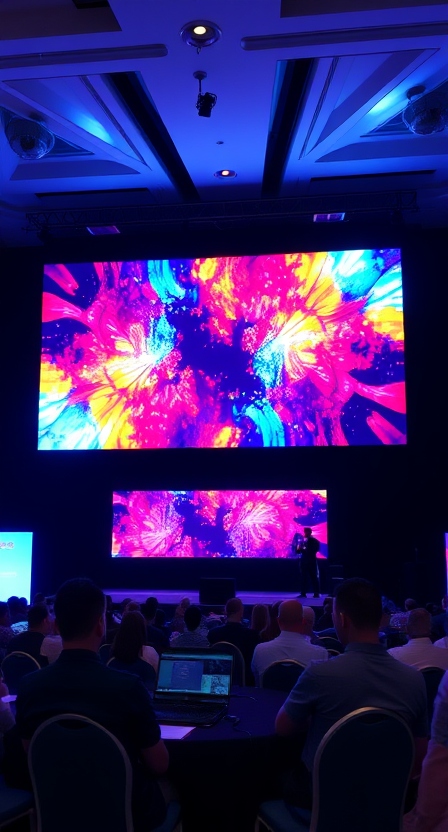
Uses Of Led Display For Event Management & Conferences
In the world of event management and conferences, active LED displays are becoming essential tools for enhancing attendee experiences, delivering dynamic content, and ensuring seamless communication. These displays offer a versatile and visually impactful solution for various types of events, from large-scale conferences to intimate corporate meetings and live performances. By providing high-resolution visuals, real-time updates, and interactive features, LED displays help create a lasting impression on guests and improve the overall event experience.
Benefits of Active LED Displays in Event Management and Conferences
- High Impact Visuals:
LED displays offer vibrant colors, high resolution, and brightness, making them perfect for creating visually stunning presentations, event signage, and stage designs that capture the attention of attendees. - Real-Time Updates and Flexibility:
LED screens allow for real-time content changes, including live updates, schedules, and event news. This flexibility ensures that information can be updated quickly and dynamically, enhancing the event’s flow. - Interactivity and Engagement:
Interactive LED displays, such as touchscreens or motion-sensitive panels, enable attendees to interact with content, access information, or participate in surveys, polls, or contests, creating a more engaging experience. - Energy Efficiency and Low Maintenance:
LED technology is energy-efficient, ensuring that large-scale displays run cost-effectively and are easy to maintain, even for extended periods during multi-day conferences or events. - Portability and Customizability:
LED displays are versatile and customizable in terms of size and shape, making them suitable for various event formats and layouts. Whether as a large video wall or smaller modular displays, they can be tailored to meet specific needs.
Applications in Event Management and Conferences
- Registration and Information Desks
Purpose: Streamline the guest experience and provide easy access to event information.
Content Ideas:
- Event Schedules: Display real-time schedules of sessions, workshops, or speakers to help attendees navigate the event.
- Maps and Directions: Use LED displays to show interactive event maps, guiding attendees to different venues, breakout rooms, or exhibition areas.
- Check-in Points: Display attendee check-in information or allow self-service registration through interactive screens.
- Stage and Speaker Displays
Purpose: Enhance stage presentations and highlight speaker information.
Content Ideas:
- Speaker Bio and Session Information: Show speaker bios, session topics, and live updates on LED screens during presentations to keep the audience informed.
- Presentation Support: Project slides, videos, or animations onto large LED screens, allowing for more engaging and dynamic presentations.
- Live Polls and Q&A: Use interactive screens to display live polls or audience questions, encouraging engagement during talks or panel discussions.
- Event Branding and Signage
Purpose: Strengthen event identity and enhance sponsorship visibility.
Content Ideas:
- Logo and Branding: Display event logos, sponsor logos, and other branding elements on LED screens throughout the venue.
- Dynamic Digital Signage: Use LED displays for banners, digital posters, or wayfinding signage to highlight key locations or announce important updates.
- Social Media Feeds: Display live social media updates, such as event hashtags or attendee tweets, to encourage interaction and increase event visibility.
- Live Event Streaming and Video Walls
Purpose: Provide a visual and immersive experience for remote and in-person attendees.
Content Ideas:
- Live Streaming: Stream key sessions, presentations, or performances to larger audiences through LED video walls, extending the reach of the event.
- Multiple Viewing Angles: Show multiple screens of live content in different areas of the venue, allowing attendees to view key moments from different angles or in high-definition.
- Highlight Reels and Recaps: Use video walls to show event highlights, recap videos, or behind-the-scenes footage, keeping the excitement and energy up throughout the event.
- Interactive Experience Zones
Purpose: Create immersive and engaging experiences for attendees.
Content Ideas:
- Touchscreen Kiosks: Set up LED touchscreen kiosks where attendees can interact with content, watch product demos, or learn more about sponsors.
- Virtual Reality (VR) or Augmented Reality (AR) Experiences: Use LED screens as part of AR/VR setups, allowing attendees to immerse themselves in virtual worlds or interactive games.
- Gamification: Introduce gamified elements, like live leaderboards, quizzes, or scavenger hunts, on LED screens to encourage attendee participation.
- Event Schedule and Countdown Displays
Purpose: Keep attendees informed and on time for different sessions.
Content Ideas:
- Event Countdown: Display countdown timers for upcoming sessions, presentations, or keynotes to keep attendees informed and punctual.
- Session Updates: Use LED screens to announce any schedule changes or important session updates in real time, reducing confusion or disruptions during the event.
- Photo and Video Walls
Purpose: Create shareable moments and enhance attendee interaction.
Content Ideas:
- Live Photos and Videos: Display real-time images or videos taken by event photographers or attendees, creating a communal atmosphere.
- Interactive Photo Booths: Set up LED walls for photo booths where attendees can take themed pictures, add digital props, or access branded backdrops.
- Video Replay: Show instant replays of key moments or behind-the-scenes footage on video walls, adding an extra layer of excitement to the event.
- Exhibitor and Sponsor Displays
Purpose: Showcase exhibitors and sponsors in an engaging, high-visibility manner.
Content Ideas:
- Interactive Product Displays: Use LED screens to showcase interactive product demos or videos from exhibitors and sponsors.
- Digital Exhibitor Stands: Replace traditional static booths with digital displays that can be updated in real time, allowing exhibitors to present dynamic content, product features, or presentations.
- Sponsor Recognition: Highlight sponsor logos, ads, and videos on LED screens in high-traffic areas, ensuring maximum exposure throughout the event.
- Virtual and Hybrid Events
Purpose: Facilitate virtual attendees and create an inclusive event experience.
Content Ideas:
- Simultaneous Broadcast: Use LED displays to broadcast virtual sessions, webinars, or Q&A sessions in both virtual and physical spaces, making the event accessible to remote participants.
- Hybrid Event Integration: Use interactive LED screens to link in-person and online audiences, allowing for live interactions, feedback, and polls to be integrated across platforms.
- Award Ceremonies and Gala Events
Purpose: Add glamour and excitement to formal events.
Content Ideas:
- Live Streamed Awards: Stream award announcements and red carpet moments live on large LED screens for a wider audience.
- Real-Time Updates: Display nominee lists, award categories, and winner announcements on LED walls, keeping the event flowing smoothly.
- Lighting and Visual Effects: Integrate LED screens with stage lighting for spectacular visual effects during award ceremonies or gala performances.
Features
- List Item
- List Item
- List Item
- List Item
Advantages
- List Item
- List Item
- List Item
- List Item
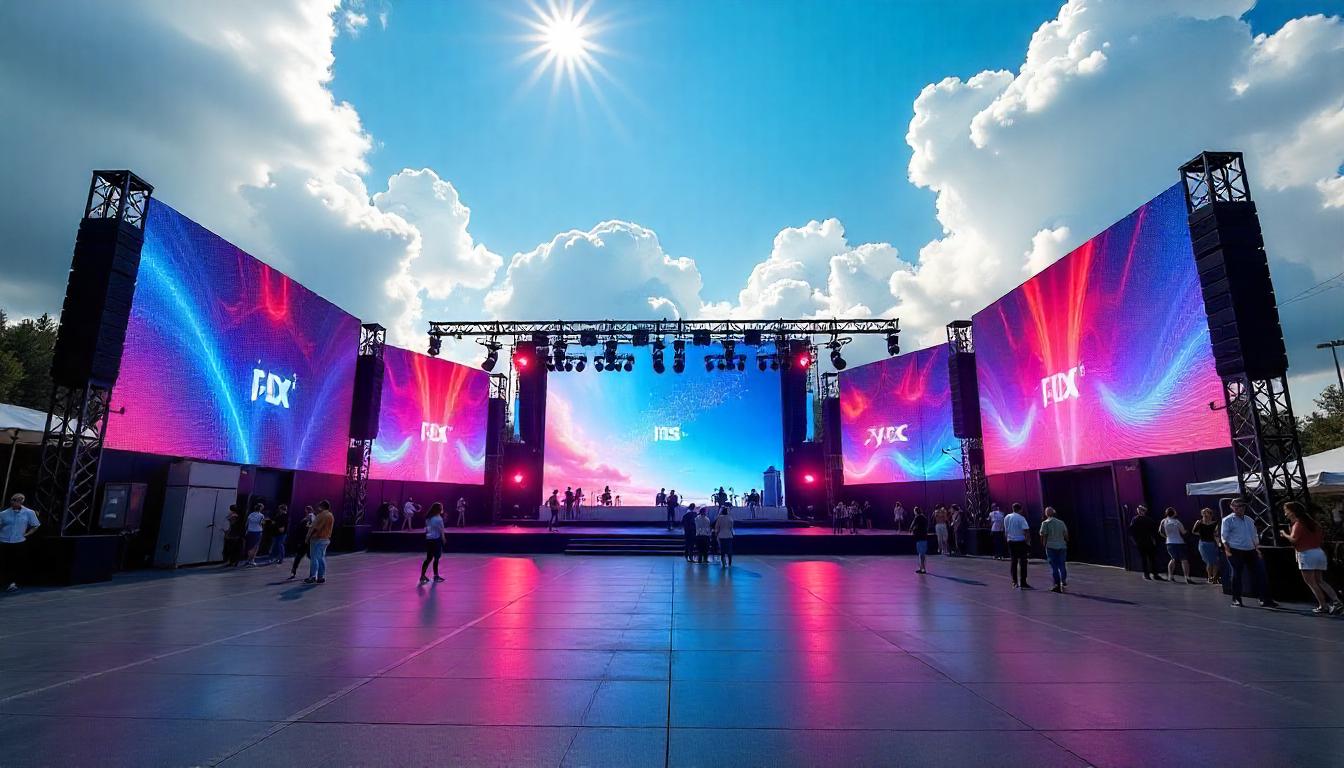
Placement Tips for LED Displays in Events and Conferences
- Entrance and Registration Areas:
Place LED screens at entrance points to welcome attendees, display event agendas, and provide important information right from the start. - Main Stage and Presentation Areas:
Use large video walls or screens at the main stage for displaying presentations, videos, and live feeds of speakers or panelists. - High-Traffic Zones and Exhibit Halls:
Install LED displays in busy areas like exhibit halls, food courts, and corridors to keep attendees informed of event updates and highlights. - Networking Zones and Lounges:
Utilize LED screens in networking areas to showcase event schedules, speaker information, or interactive content that sparks conversation among attendees. - Near Breakout Rooms or Workshops:
Position smaller LED screens outside breakout rooms or workshop areas to provide attendees with real-time information about session times and locations.
Conclusion
Active LED displays are a game-changer for event management and conferences, offering dynamic, high-impact solutions that improve communication, attendee engagement, and event flow. From immersive virtual experiences and live streaming to interactive content and real-time updates, LED displays enhance every aspect of an event, ensuring it runs smoothly and leaves a lasting impression on attendees. Whether it’s a small corporate seminar or a massive trade show, the versatility and visual appeal of LED displays are key to creating memorable and successful events.
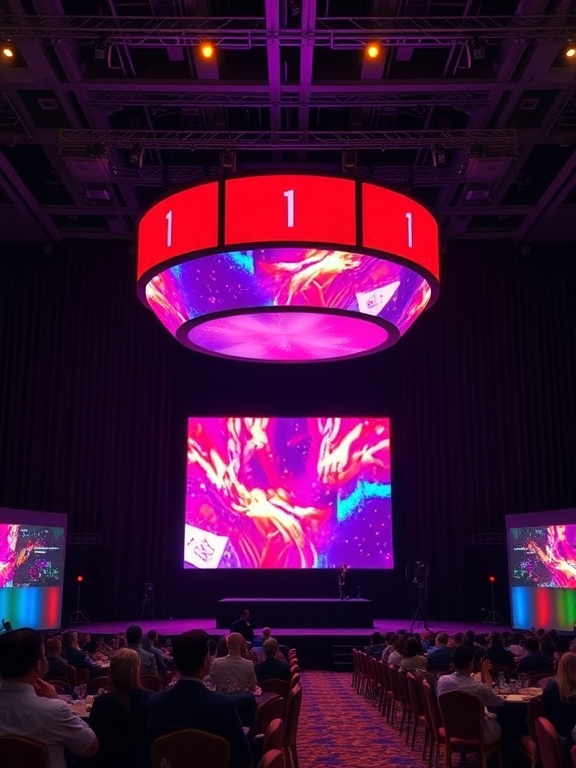
illuminits LED Walls?
Technology
There are three primary LED video wall technologies: ultra-narrow bezel LCD, rear-projection cubes, and direct-view LED displays. Ultra-narrow bezel LCD is the most cost-effective option.
Size
The great thing about illuminits video walls is that they are modular, so you can get them in any size or aspect ratio you want.
Support
The heavier the video wall system becomes, the more panels there are. This puts additional strain on the infrastructure that supports it. illuinits offers the best in-time assistance.
Service
Even high-definition video walls can have problems. This can be a minor or major issue. As a result, Aero provides a variety of comprehensive service packages that ensure minimal downtime at a low cost. Types Of LED Displays
